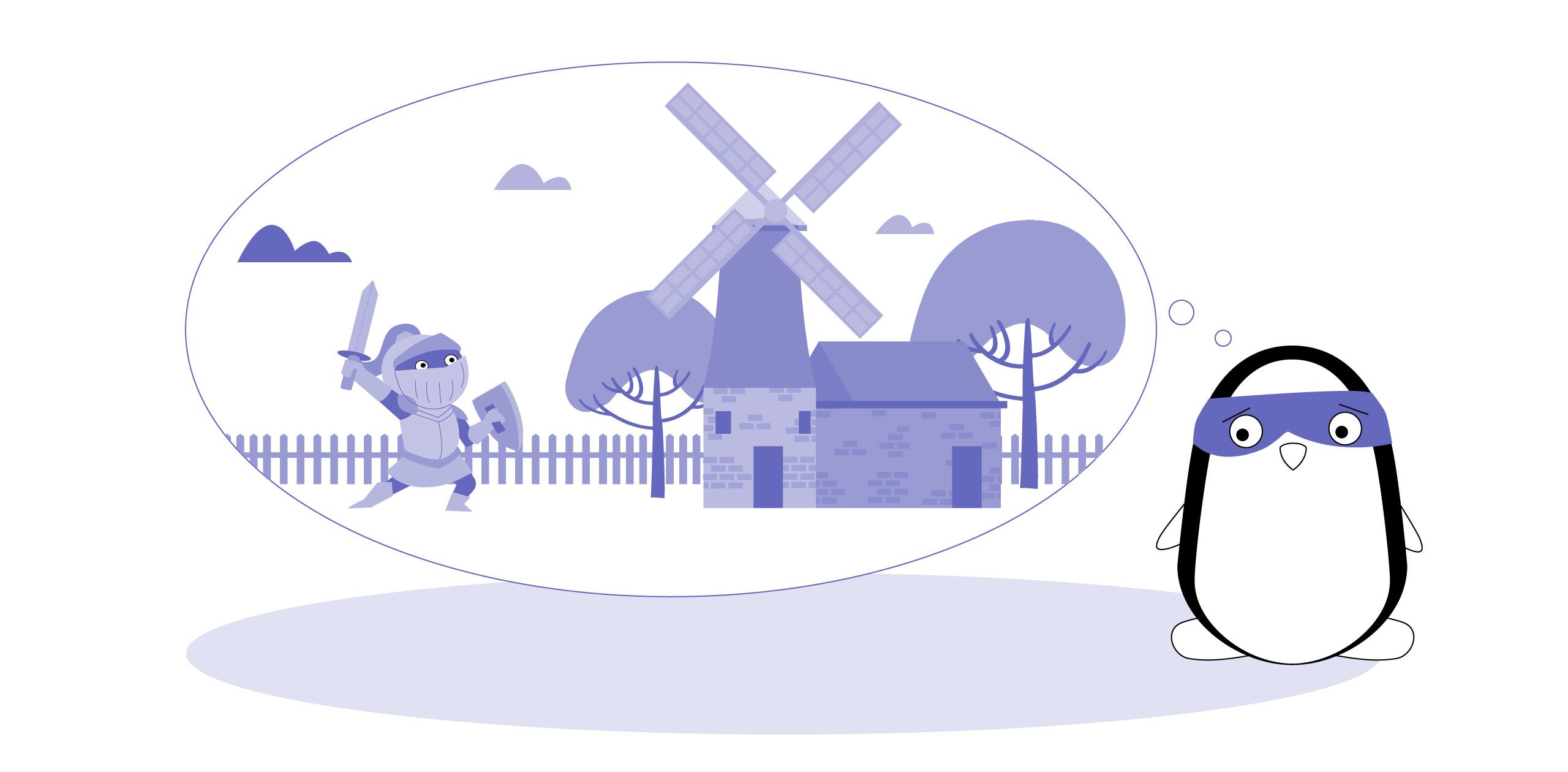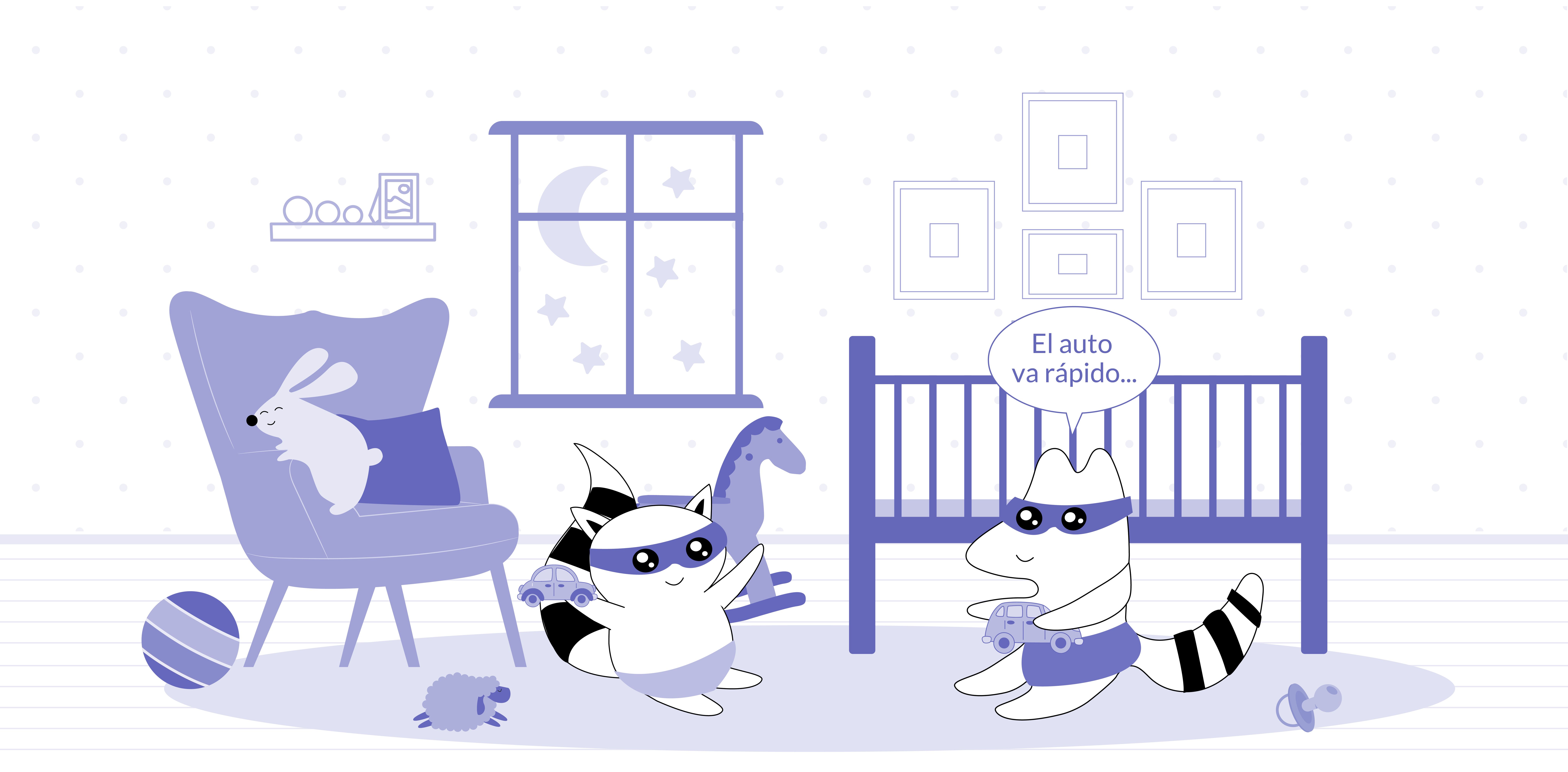
Spanish is one of the most widely spoken languages in the world, which makes it an invaluable asset for anyone to know. And, when it comes to learning a second language, the earlier you start studying it, the better. The best, of course, is to take on Spanish as a kid. So, why not give your children a great opportunity and start teaching them Spanish?
To teach your kids Spanish, it’s best to start by making new words part of their daily routine. But, what vocabulary should you choose? What’s the best approach to teach them?
In this article, you’ll find the answers to these questions – and effectively pick the best Spanish words for kids. Read on, and help your child learn a new language while having fun.
Learn Spanish with Langster
What's the Best Age for Kids to Start Learning Spanish?
There's no "best age" for kids to start learning Spanish words; it can vary depending on the child and the family's goals. Studies prove that children as young as six months old can distinguish between different languages, and by three years old, they can begin to learn Spanish or other languages, as decided by the family.
Research suggests that children have an innate ability to learn languages, and the earlier they start, the more quickly they'll pick up certain features of their second language. One good example is pronunciation. It is much easier to acquire and start sounding like native speakers when learning as children instead of adults.

Of course, by learning, we don't mean "studying." Children, particularly those below the age of 5, learn by playing. So, if you want to teach them Spanish words, you'll need to use games, music, storybooks, and other suitable resources.
Other Factors to Consider
That being said, starting as early as possible isn't the only factor to consider. For some families, it may only be practical to start teaching Spanish words to their kids once they are in elementary school or even older. Additionally, many children need to have a strong foundation in their native language before beginning to learn Spanish.
Another thing to consider is your child's level of interest and motivation. If they are excited about learning Spanish words, they will likely be more successful than a child who is being forced to learn the language.
Ultimately, the best age for kids to learn Spanish words depends on your family's goals, your kid's motivation, and the resources you have available. Sometimes, the earlier you start with Spanish words for kids will not be the better.
Basic Spanish Vocabulary Words for Kids: A Short Guide
If you have decided it's time for your children to start with Spanish vocabulary lessons, here are some basic words you can start with.
We’ve made sure that these are useful, relatable, and can easily be incorporated into daily conversation.
Toys
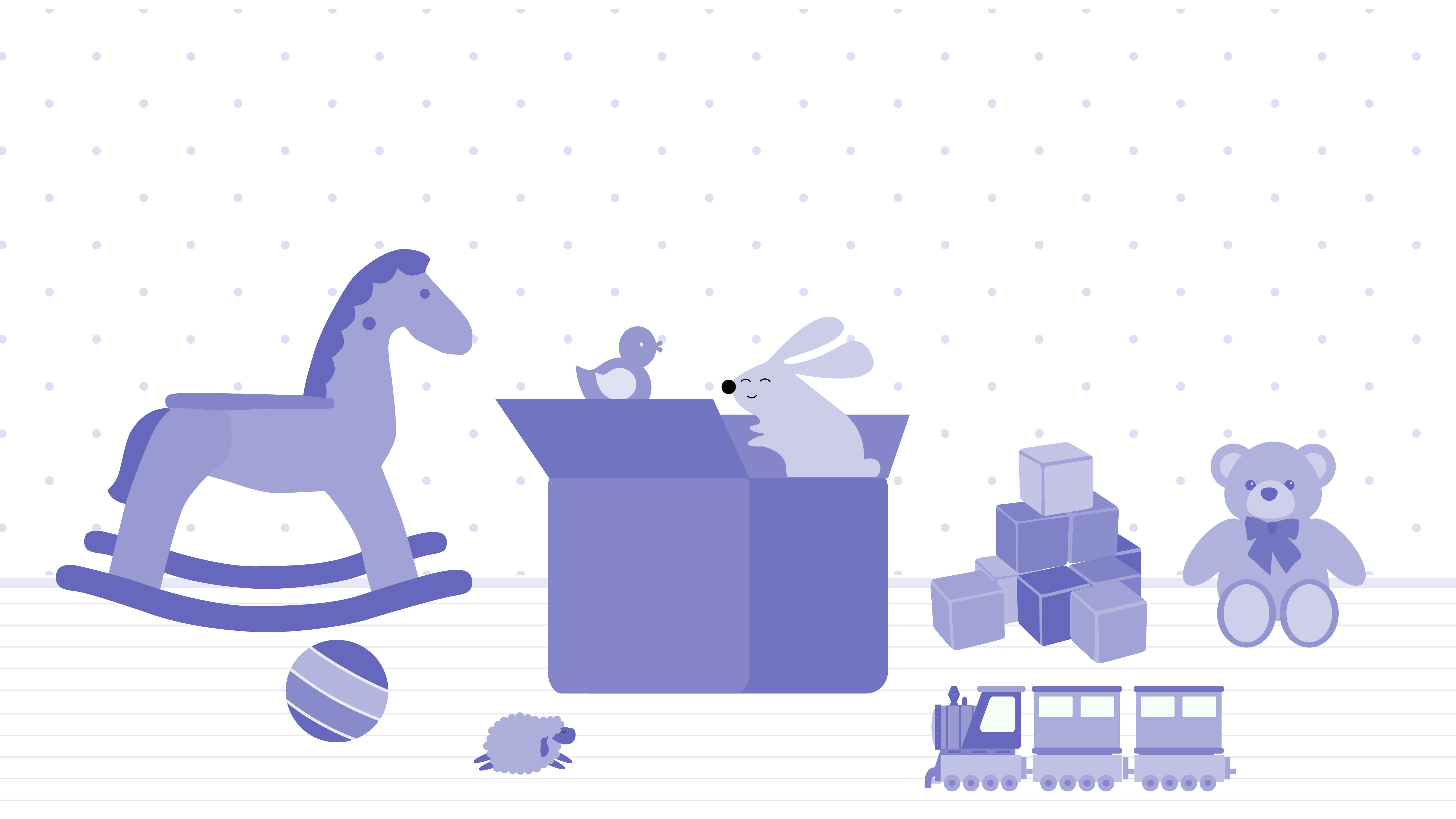
Your kids are already familiar with toys, so now they only need to learn their names in Spanish. Teaching these words to your children should not be very challenging, as you’ll have real-life objects to practice while you play!
Spanish
English
Tren
Train
Pelota
Ball
Barrilete
Kite
Bloques
Blocks
Avión
Avión
Muñeca
Doll
Caballo balancín
Rocking horse
Pato
Rubber duck
Globo
Balloon
Autito
Car
Food & Drinks
Spanish words for food and drinks will also be easy to learn. Your children eat and drink these items every day, so they'll be able to use them as often as you want.
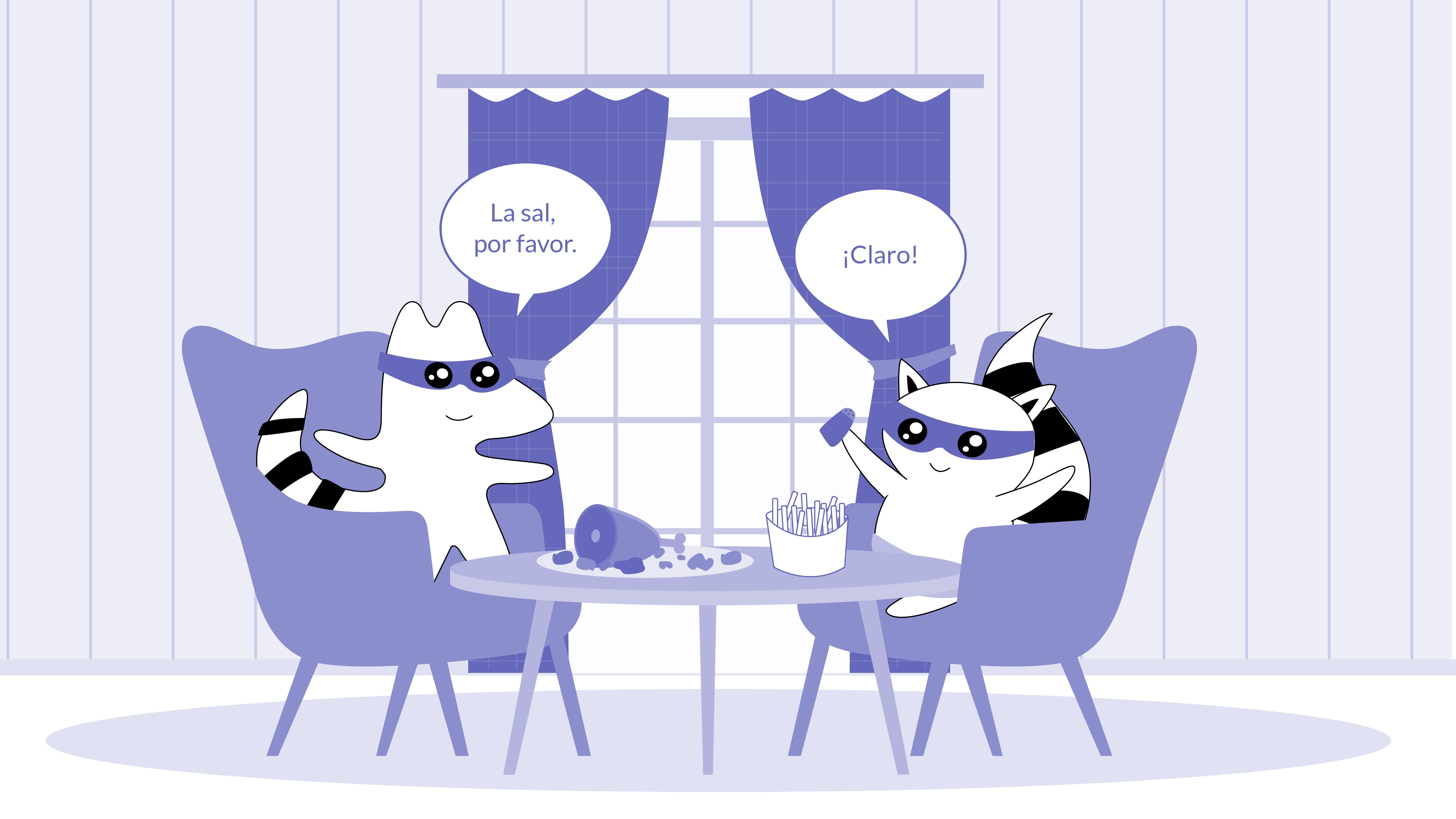
You can accompany these basic words about food and drinks with other useful phrases in Spanish, such as "por favor," "gracias," or "¿te gusta?"
Here are some suggestions:
Spanish
English
Agua
Water
Galletitas
Cookies
Leche
Milk
Banana
Banana
Manzana
Apple
Fideos
Pasta
Arroz
Rice
Queso
Cheese
Tomate
Tomato
Pan
Bread
House Words
Point out different parts of the house while visiting different rooms and indicate their names in Spanish. For older kids, using the words in complete Spanish sentences is a great way to teach not only meaning, but also use and collocations.
Spanish
English
Casa
House
Departamento
Apartment
Puerta
Door
Ventana
Window
Garage
Garage
Comedor
Dining room
Habitación
Bedroom
Baño
Bathroom
Cocina
Kitchen
Jardín
Garden
Animals
Is there anything kids love more than animals? We don't think so. That's why they are the perfect words for kids to start learning Spanish. When studying these new vocabulary items, your kids will have so much fun.
The best part is that you can use short stories and classic children's storybooks (like Bambi), as they always feature animals. These are great resources for your kids to start speaking Spanish from an early age.
Spanish
English
Perro
Dog
Conejo
Rabbit
Gato
Cat
Rata
Cow
Pájaro
Birds
Oso
Bear
Oveja
Sheep
León
Lion
Cerdo
Pig
How to Teach Basic Spanish Words for Kids
Do you want to start teaching Spanish words to your children, but still need to figure out how? Here are some proven strategies and techniques, so you can begin with engaging, informal Spanish lessons at home.
We're sure you'll both enjoy them!
Keep it Fun
Human beings, particularly children, learn better when they are having fun. So, instead of trying to teach Spanish by repetition, you should incorporate these new items and words into games your kids are already familiar with, such as “I spy” or “red light/green light.”
Reading short stories, watching TV shows in Spanish, or using entertaining language apps is another great idea for them to start getting familiar with new words and expressions.
Teach Phrases & Expressions
Learning new vocabulary words in isolation is challenging for every learner, regardless of age. So, you should always aim for your kids to learn simple Spanish words in context.
Take advantage of daily situations to teach valuable expressions like "por favor," "gracias," or "te quiero," which will increase your children's fluency and understanding of the language
Be Realistic
Set goals that are easy to attain and will not become a burden. For example, it's much more realistic to play for 10 minutes each day with your child and use Spanish vocabulary than expect them to study for an hour, particularly if they are young.
Another example could be to focus on animals for a week, toys for another week, and so on. Learning one new Spanish word each day for one month can also be fun to tackle.
Learn Together
Your child may feel more motivated to learn Spanish if you're studying with them, too. Look for resources you can use together, like YouTube channels or TV shows, and enjoy learning a new language while bonding.
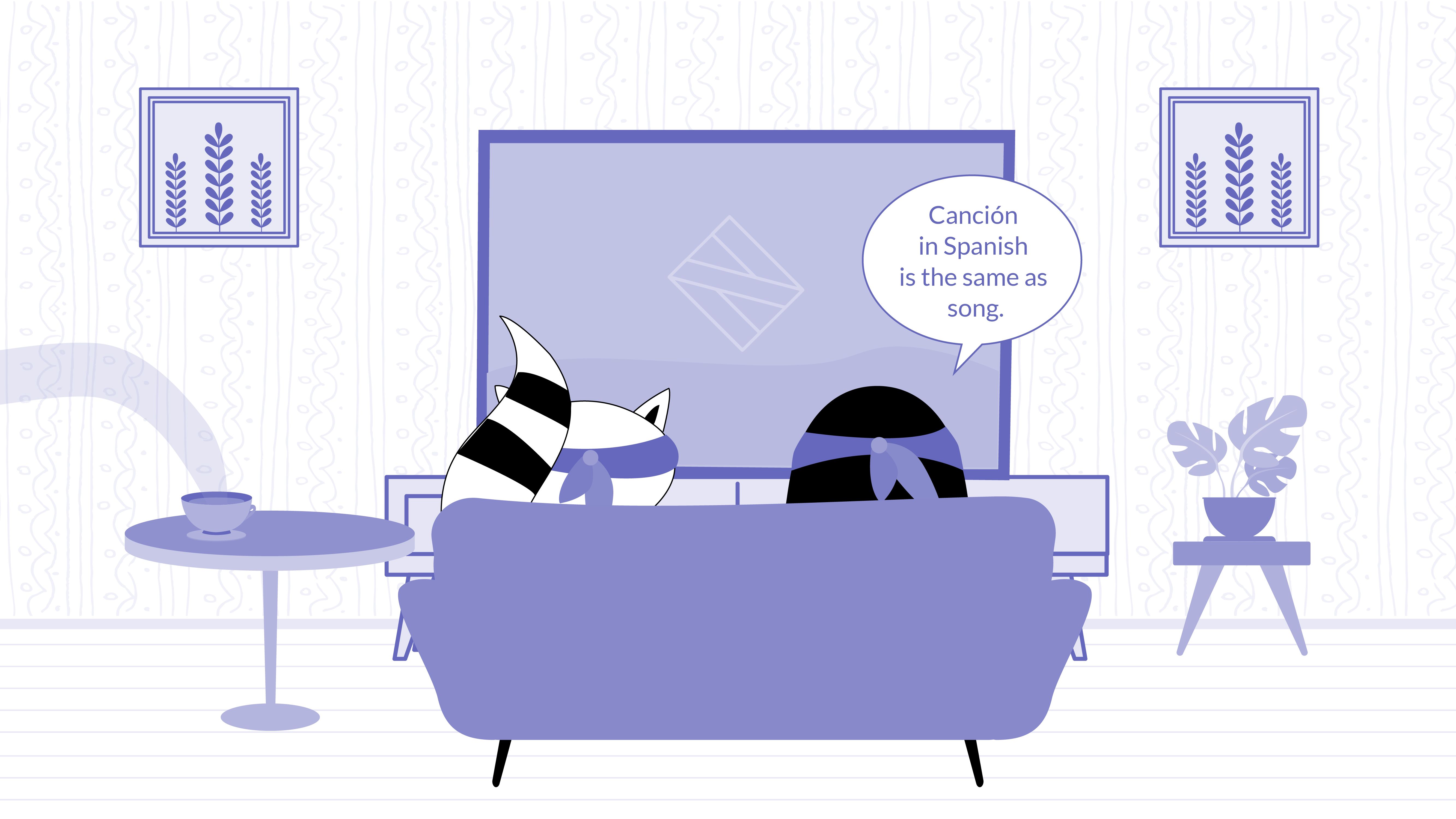
If your child is older, you can also try to find them a Spanish study group or even a Spanish language class where they can interact with others and make new friends.
The Bottom Line
All in all, teaching new vocabulary to children can be a challenging but rewarding experience. Make sure to pick words used in an everyday context to easily practice by doing something enjoyable.
Even something as common as a window or a door can become part of an entertaining, educational experience that both you and your child will enjoy. Good luck!









